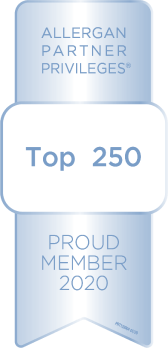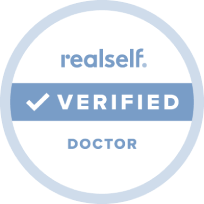A deviated septum is no laughing matter, regardless of how strange your snoring sounds. If you suffer from a deviated septum, breathing difficulties can lead to very serious health problems. If you think you or someone you care about might be suffering from a deviated septum, here are 7 possible symptoms to look for:
- Snoring or other noises when lying down or asleep.
- Ongoing nasal congestion (as opposed to temporary congestion from a cold or allergies). Some people notice this more on one side than the other or are hyper-aware of congestion seeming to “trade sides” back and forth.
- Postnasal drip.
- Recurring nosebleeds, caused by excessive dryness inside the nostril.
- Headaches, due to chronically congested sinuses.
- Conscious or unconscious effort to sleep on either your right or left side, to reduce breathing difficulty.
- Face pain is thought to be a symptom in some people.
Why is a Deviated Septum a Problem?
The septum is the bone-and-cartilage structure that forms the center of your nose, separating the airways on either side. Deviation simply means the septum is not perfectly straight. Problems occur when the deviation obstructs one or both air passages, making it difficult to breathe. The most common causes are:
- Genetics – you may have been born with a nasal malformation
- Injury – your nose may have been damaged during childbirth or as the result of a sports injury, car accident, etc.
Surprisingly, you can have a deviated septum and not even know it. In fact, as many as 80% of people have some small degree of septal misalignment. Nonetheless, if you’re suspicious about your nose, getting it checked out is a good idea. The aging process can worsen problems that may seem insignificant now, increasing symptoms and the frustration they bring.
Uncorrected breathing problems can lead to:
- Dry mouth, which in turn can lead to dental problems
- Insomnia
- Sleep apnea -- over time, lack of oxygen can lead to heart, lung, and other serious health problems
Deviated Septum Surgery Consultation
Nasal surgery can correct a deviated septum, along with other problems that may be hampering your ability to breathe freely. There is no reason to suffer! Just imagine how wonderful it will be to breathe without wheezing or snuffling; to sleep soundly and comfortably, without waking the rest of your household. Nasal valve surgery, called septoplasty, can repair a deviated septum, and that can be a life-changer.
The easiest way to know for sure if your breathing issues are due to a deviated septum instead of some other nasal issue is to get a professional opinion. By scheduling a private consultation with Dr. Raval you can discuss your concerns in detail, and Dr. Raval can examine your nose up close. Then you can work together to determine the most effective solution for you.
Preparing for Deviated Septum Surgery
You’ve made the decision to get a septoplasty. Goodbye, deviated septum! Now it’s time to start preparing yourself for surgery. Knowing what to do before your surgery and afterward will help set you up for success – a smooth procedure and a speedy recovery.
Pre-Op Prep
The best thing you can do prior to any surgery is ensure your body is in good health. You want to get your blood flowing, because good circulation is essential for healing. To do that:
- You will have to stop smoking, if you do so, at least two weeks prior to surgery. This applies to marijuana as well as tobacco. Smoking is banned before surgery because it constricts your blood vessels.
- We also recommend that you stop drinking alcohol for the week leading up to your surgery, for the same reason.
- Exercise is excellent, especially if you don’t exercise regularly. Exercise delivers blood to your brain as well as the rest of your body, so it can improve your outlook as well as your ability to heal.
Post-Op Process
Before you leave the surgical facility, we will give you detailed written instructions that explain what to expect and what to do after you get home. Dr. Raval will recommend that someone stay with you overnight.
What should you expect?
- Recovery time: 2-3 days, up to 2 weeks. Plan to be home from work.
- Bruising, swelling, and soreness which should resolve within a few days.
- There will be stents inside your nose to be removed after 2-3 days.
- You will still feel congested at first, due to the stents and surgical packing inside. You will need to breathe through your mouth during this time.
- Runny/bloody nose (DO NOT BLOW IT, just dab gently).
We highly recommend mild exercise after nose surgery, as soon as you feel ready for that. Again, it’s good for your circulation as well as your morale. Think slow walking. No bending over or heavy lifting, as these movements modify blood flow in ways that can hinder recovery. After a couple of weeks, you can add aerobics, running, or biking. After a month or so, you can get back to your entire routine, no matter how vigorous. But at first, we recommend no vigorous activity or exercise for 2 weeks after surgery.
The best thing you can do for yourself is to follow Dr. Raval’s orders to the letter. We give you the post-op instructions in writing so you don’t have to try and remember everything. But every item is important. If you try to shortcut the system because you feel pretty good, you risk delaying your recovery or even damaging all that intricate work Dr. Raval just did to repair your nose.
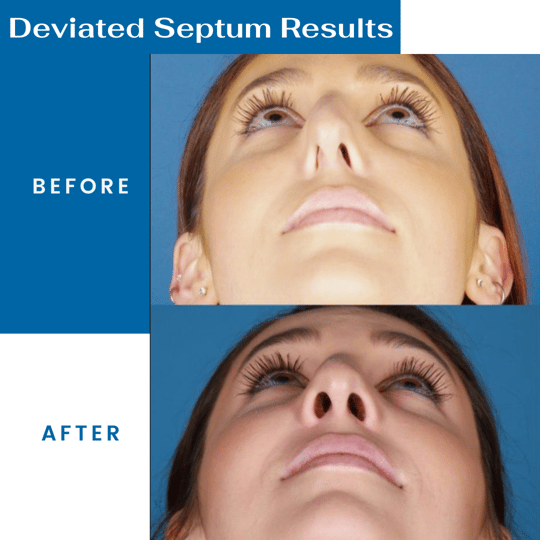
The Procedure
Nose surgery is an outpatient procedure, which Dr. Raval performs at an accredited surgical center. If he is doing only a septoplasty to correct your deviated septum, the entire procedure may take as little as 45 minutes. If you’re having cosmetic surgery to make other changes to your nose at the same time, your procedure might last as long as 4 hours.
After anesthesia is administered, small incisions are made, usually within the nasal cavity. Dr. Raval will then lift away the delicate nasal mucosal lining that covers the surface of the septum. Then corrections are made to the deviated septum and the mucosal lining is repositioned and sutured back together. Stabilizing splints or packing is inserted to keep everything in place and that’s all there is to it! About an hour later, you’ll be ready to go home. Driving after surgery is not allowed, so someone else will need to bring you to the surgical center and then pick you up.
If you believe you are suffering from a deviated septum, it’s best to be evaluated by a professional like Dr. Raval to determine if a septoplasty can alleviate your symptoms. Remember that it’s not just a small annoyance. If it goes untreated, serious health issues can develop. Schedule your consultation today and begin your journey to unobstructed breathing!
- Acne
- Botox/Dermal Fillers
- Browlift
- Chemical Peels
- Chin Augmentation
- Consultation
- Denver Facial Plastic Surgeon
- Deviated Septum
- Eyelid Procedures
- Facelifts/Necklifts
- Headaches/Excessive Sweating
- Healthy Living
- Laser Hair Removal
- Laser Treatments
- Latisse
- MedSpa
- Memberships
- Microdermabrasion
- Nasal Valve Collapse
- Non-Surgical Procedures
- Rhinoplasty
- Skin Care
- Thread Lifts
- Wrinkle Treatments


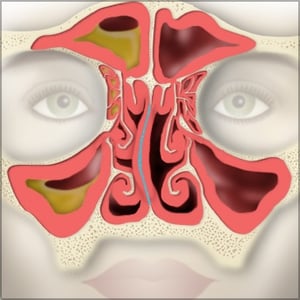

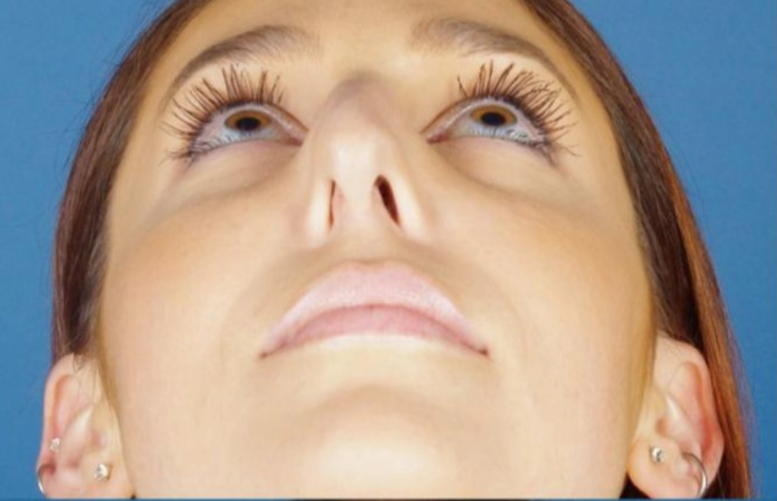
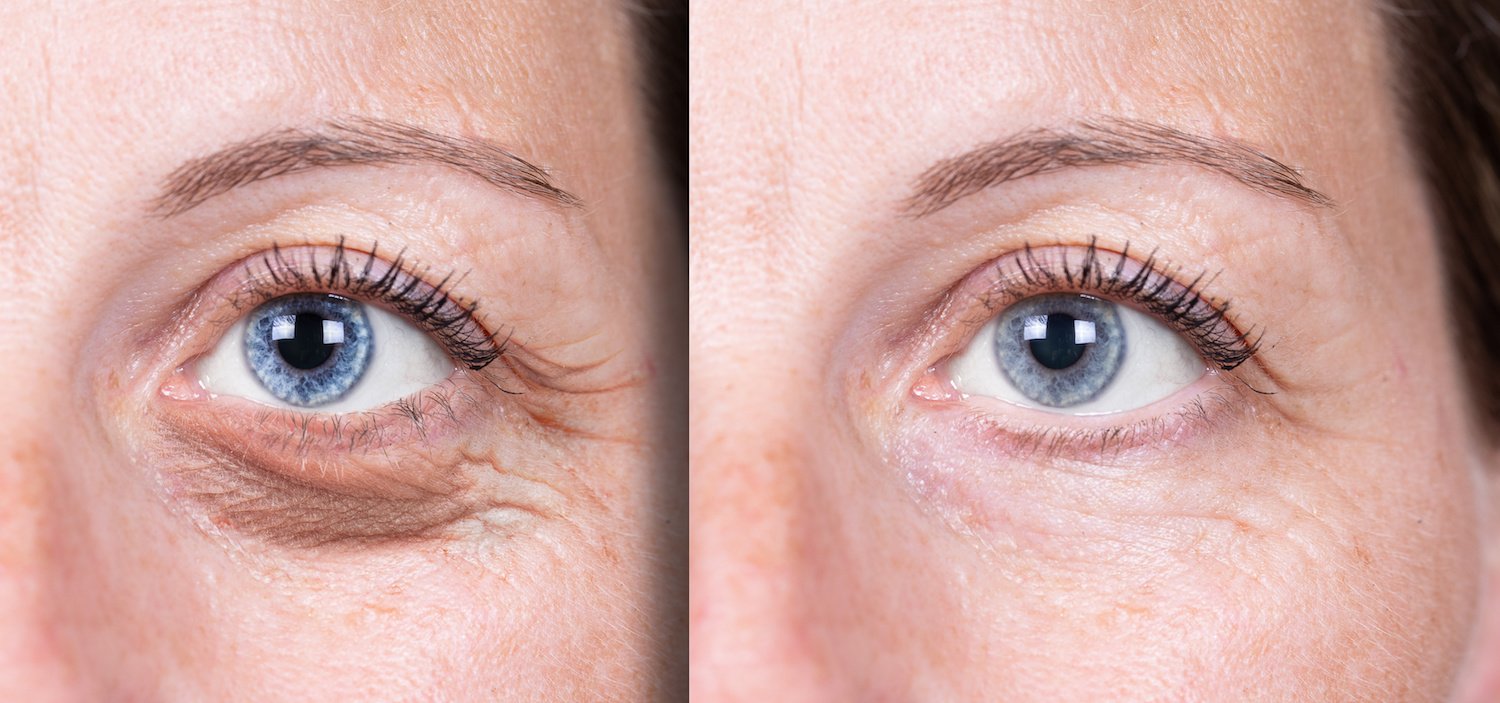
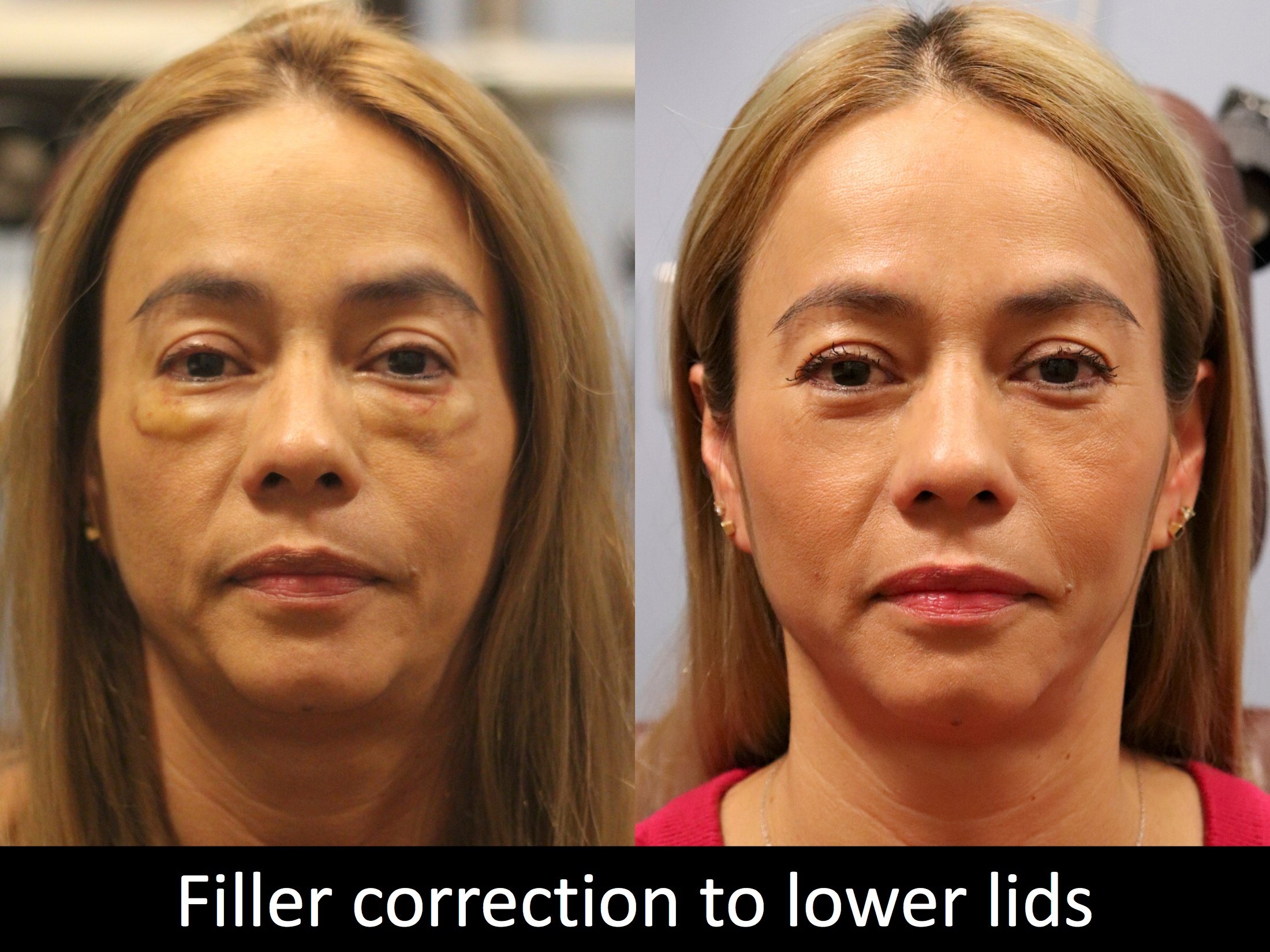
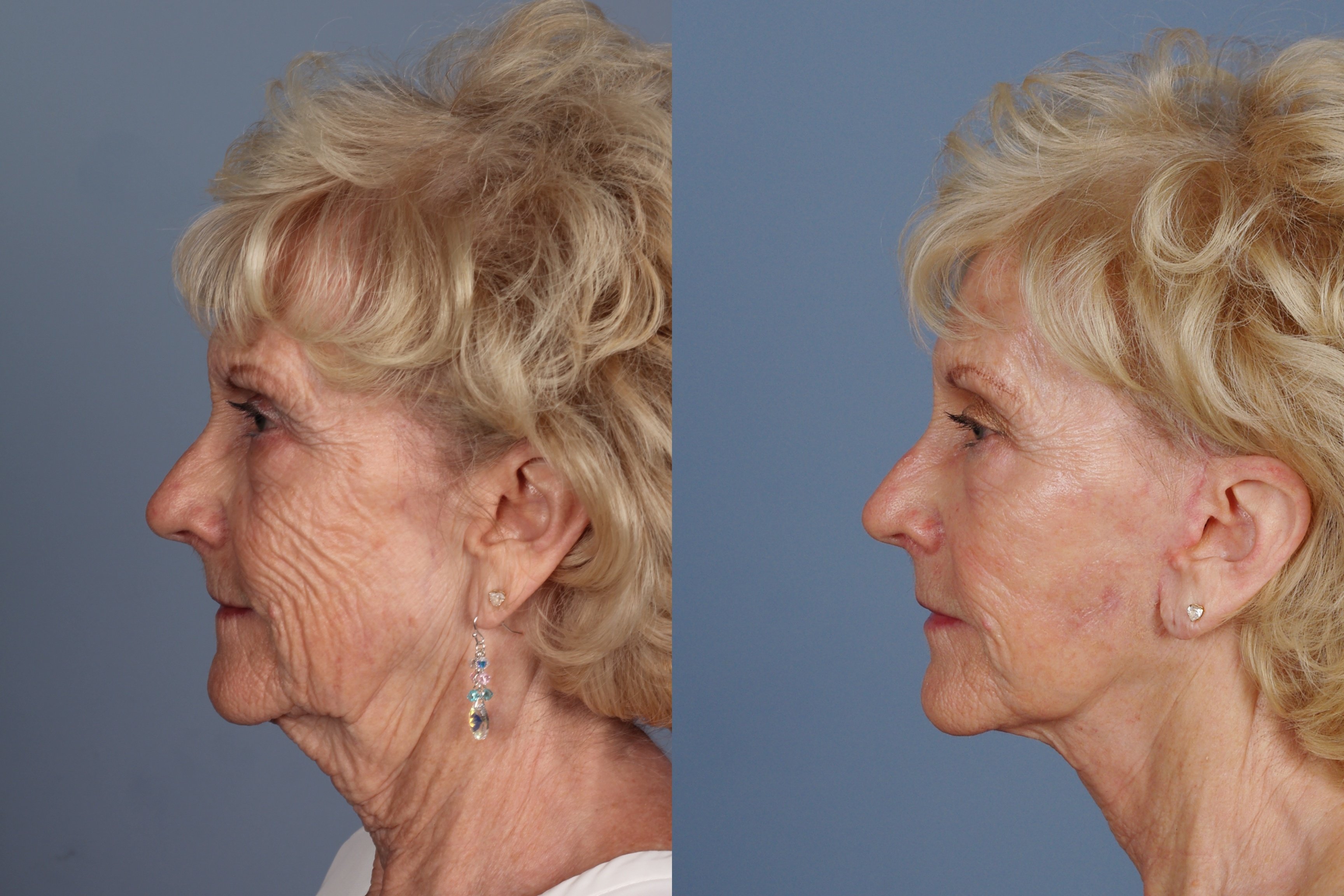
.jpeg)



